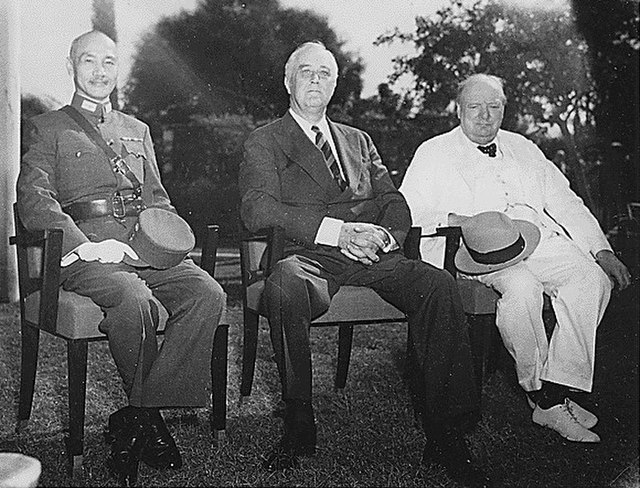Presidency of the United Nations Security Council
The presidency of the United Nations Security Council is responsible for leading the United Nations Security Council. It rotates among the 15 member-states of the council monthly. The head of the country's delegation is known as the President of the United Nations Security Council. The presidency has rotated every month since its establishment in 1946, and the president serves to coordinate actions of the council, decide policy disputes, and sometimes functions as a diplomat or intermediary between conflicting groups.
The United Nations Security Council chamber in New York City
T. F. Tsiang held the presidency 16 times.
United Nations Security Council
The United Nations Security Council (UNSC) is one of the six principal organs of the United Nations (UN) and is charged with ensuring international peace and security, recommending the admission of new UN members to the General Assembly, and approving any changes to the UN Charter. Its powers as outlined in the United Nations Charter include establishing peacekeeping operations, enacting international sanctions, and authorizing military action. The UNSC is the only UN body with authority to issue resolutions that are binding on member states.
UN Security Council Chamber in New York City
Chiang Kai-shek, Franklin D. Roosevelt and Winston Churchill met at the Cairo Conference in 1943 during World War II.
British Prime Minister Winston Churchill, US President Franklin D. Roosevelt and Soviet general secretary Joseph Stalin at the Yalta Conference, February 1945
Church House in London where the first Security Council Meeting took place on 17 January 1946






